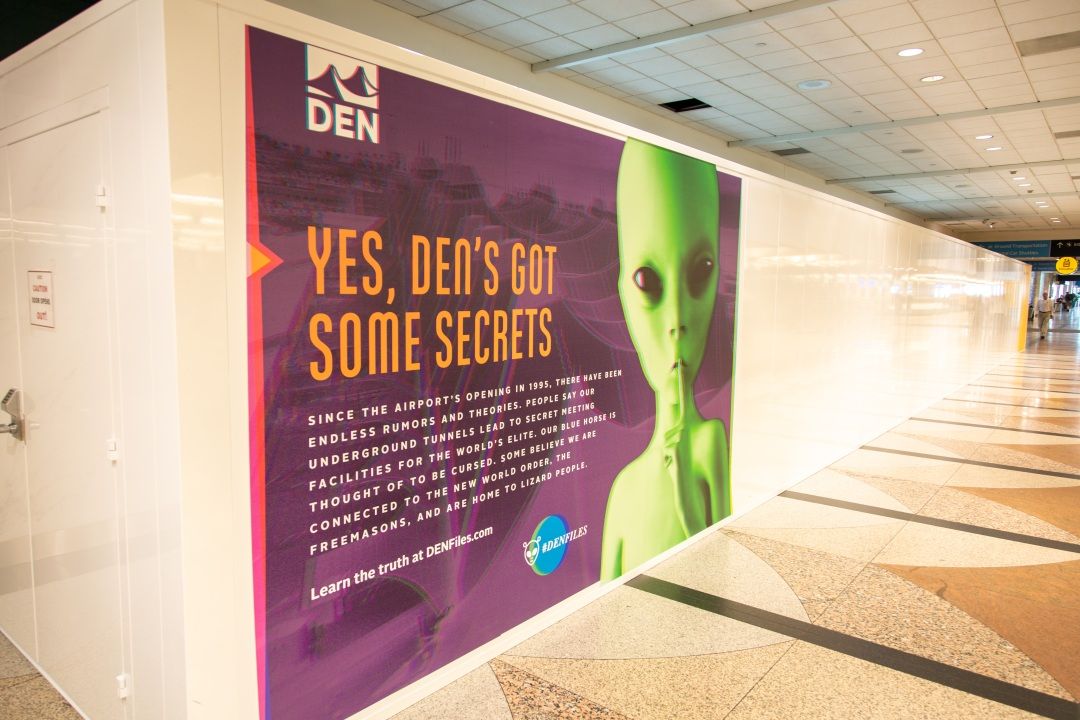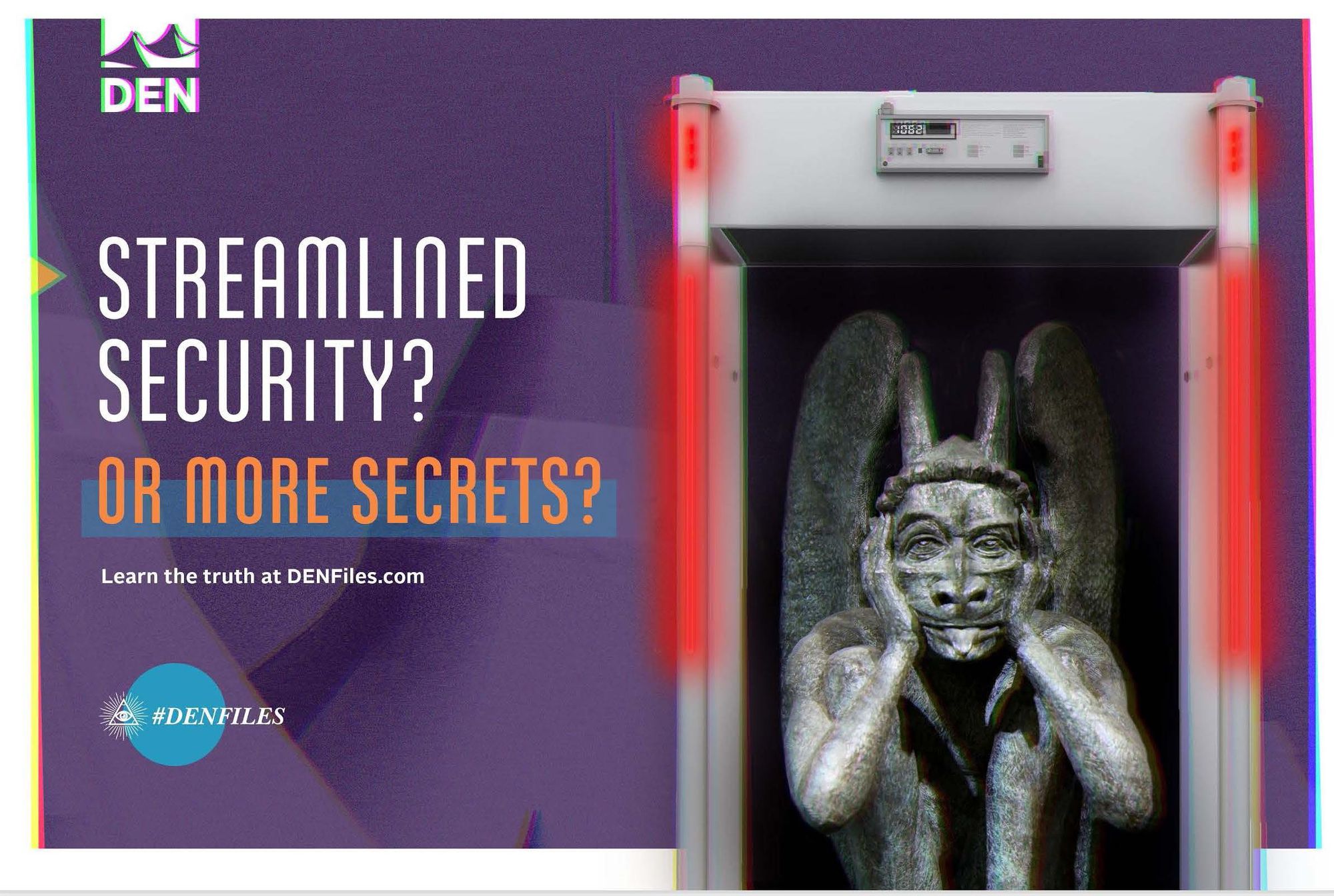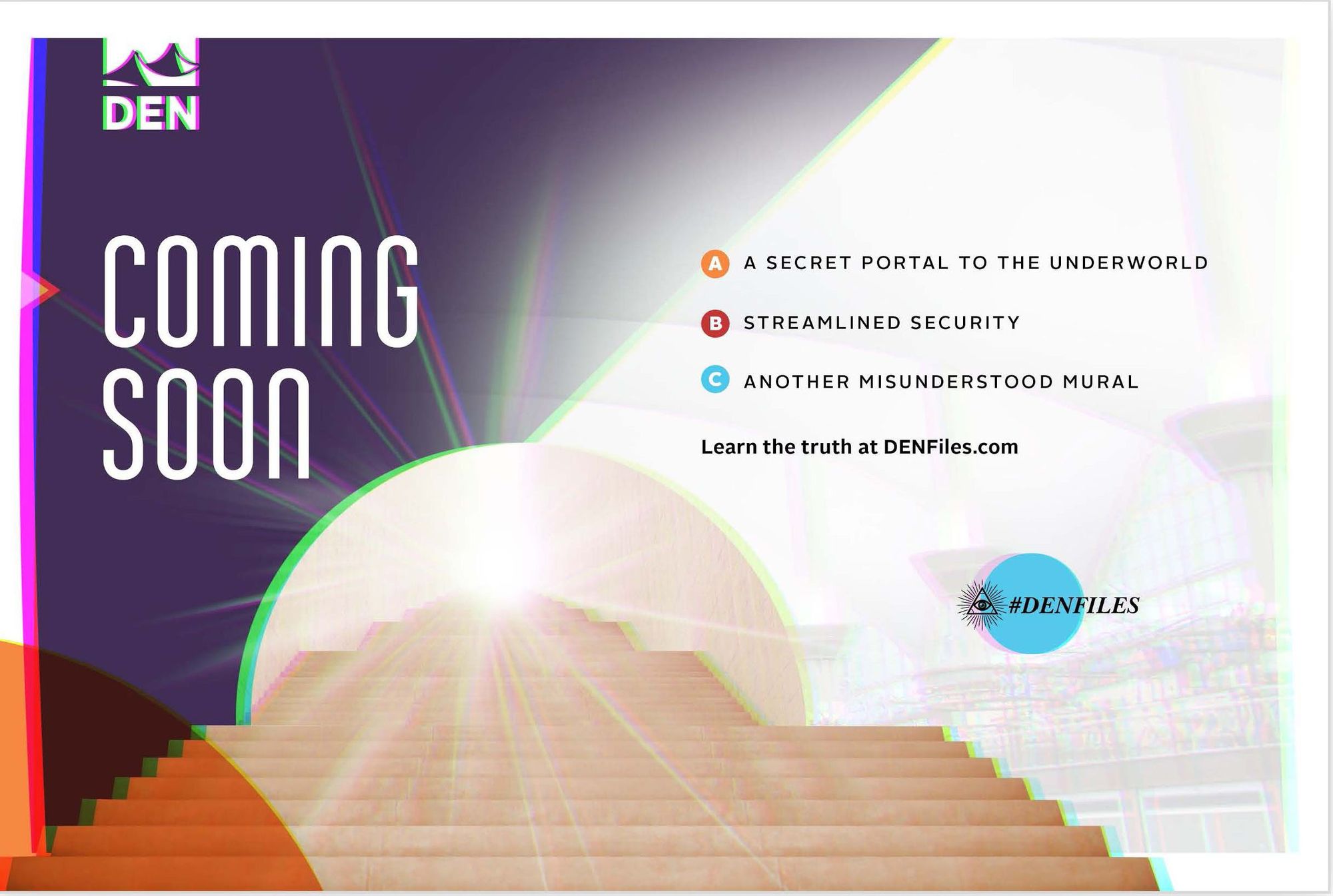About the Course

Welcome to "The Rhetoric of Secrecy and Surveillance"! This introduction provides an overview of how this course will be organized, the major course resources, and the general progression of the topics we will cover.
Course Administration
This class is entirely online, meaning there is no in-classroom component to it. We will meet for online classes on both days that the class is scheduled. A dedicated zoom link is available on Canvas and a calendar link will be emailed out to all enrolled students in the class during the second week of classes.
This online textbook has been designed specifically for online administration as a flipped class. This means that your instructors did not just transition the course to an online format due to the emergency of COVID-19. Instead, we have sought a long-term teaching solution for online course administration, and want to develop a way to make online learning a continuously productive experience using digital tools and interactive collaboration.
In a traditional classroom, students would come into a physical classroom for lecture content and then complete homework, group work, and activities outside of class time. This class does not try to replicate or mimic this in-person experience. Instead, a flipped classroom helps teachers prioritize active learning during class time while students read and/or watch lecture materials and presentations as homework. We will use “synchronous” in-class time for questions, discussion, and activities.

Course Organization
The course is grouped into 5 parts.
- The first part of the course is about key keywords related to the rhetoric of secrecy and surveillance. These days focus on introductory concepts that will be important for us to keep in mind during the later units.
- The second part of the course is about secrecy situations, which describe important historical contexts that have set the stage for our contemporary moment. The information discussed in this section is primarily historical.
- The third part of the course is about reading strategies. This unit offers three approaches to reading secrets, in the sense of deciphering the hidden meaning of a text or understanding the consequences of concealing information. The information discussed in this section is primarily theoretical.
- The fourth part of the course is about authority figures. Authority figures are both the literal people who are presumed to wield control over secrets and rhetorical figures because they are substitutable and constructed using language. The information discussed in this section is an application of the knowledge discussed in the earlier units of the class.
- The fifth part of the course is about the 'new' secrecy. This section, which concludes the class, describes the differences in secrecy brought on by the digital era.
In addition, there are film/movie screenings at the end of each of the above-described units. Students are expected to watch these screenings outside of class. The days listed in the syllabus and on the main page of this UnTextbook are "discussion days" when we will convene to talk about the films after having watched them. Links to sites where the films may be viewed or rented are linked on the main page of this course. These screenings are the only expense required for this course, given that there is no cost associated with the assigned readings.
- After part 1 of the class, we will meet to discuss The Conversation (1974)
- After part 2 of the class, we will meet to discuss MLK/FBI (2020)
- After part 3 of the class, we will meet to discuss two films: Contact (1997) and Arrival (2016). Students may elect to read the short story version of Arrival, "Story of Your Life" by Ted Chiang, instead of (or in addition to) the second screening.
- After part 4 of the class, we will meet to discuss The Matrix (1999) and Zero Days (2016).

Course Expectations
This class has been designed to be flexible with shifting pandemic circumstances and students' remote learning needs. At no time will you be asked or required to turn on your microphone or camera. Attendance at sessions is expected though not required. However, there are several ungraded and graded expectations for this course.
Ungraded Expectations
- Students are expected to attend and participate in the online sessions for this class every session that they are able, barring emergencies. I will keep track of attendance for purposes of assigning a participation grade, but this attendance is not graded on a class-by-class basis.
- Students are expected to do the readings and watch the screenings. Because this is a 5000-level course, there is considerably more reading than in a 3000- or 4000-level course.
- Students are expected to check their email, plan their schedules, and keep track of deadlines. Deadlines are listed within the Canvas platform, however, I cannot guarantee that I will provide reminders about upcoming due dates during our meetings.
A final note on general expectations for this class is that COMM 5110 is a "bridge class," meaning that it invites graduate, undergraduate, and capstone student enrollment. However, participation, reading/watching, and planning are requirements of all students enrolled.
Graded Expectations
The different constituencies of this class have distinct graded expectations. All students are expected to complete the work assigned to undergraduate students (3 short papers, 3 exams). Capstone and graduate students have several graded assignments in addition to this baseline.
- Undergraduate students who are taking the class will be graded based on participation, three short paper assignments, and three examinations. Participation grade is assessed based on demonstrated engagement with the course materials and contributions to our in-class conversations.
- Capstone students (enrolled in COMM 3999W) should expect to complete the work above as well as a project proposal (approximately 1-2 pages) and a final project that expands the short paper assignment into a full 15-page paper. The project proposal should accompany the short paper that is the 'draft' for the final project. I may request capstone students attend the "group" office hours immediately following the class (barring scheduling conflicts) for more detailed instructions about the work they are expected to complete for the class.
- Graduate students are expected to complete the work listed for undergraduate students in addition to a project prospectus and a final project. The project proposal (approximately 3-5 pages) should define the parameters of the final project that graduate students intend to undertake (e.g. building course teaching materials, annotated bibliographies for preliminary examinations, conference or journal-ready essays) and the final project should be the completed version of what is promised in the proposal. I may request graduate students attend the "group" office hours immediately following class (barring scheduling conflicts) for more detailed instructions about the work they are expected to complete for the class.

Course Resources
For students enrolled in this course, I strongly recommend bookmarking all of the resources linked below (including the UnTextbook) in your preferred browser.
- Canvas is our shared learning management system (LMS). The primary function of our Canvas site is for assignments and grading: it is where you will turn in written work and take quizzes/exams. These turn-in portals can be found on the "modules" page. When you get to the main page, you should see links to the resources below. These are “living documents,” which will be actively updated as the semester moves along.
- The UnTextbook (this site) is where you will find the primary and secondary readings for the course. It is the guide to how and why the readings fit together. It also provides links to the films screened in this class, which should be watched outside of our scheduled class time. Start by reading the un-textbook entry (the primary reading) and then move on to the linked secondary reading, which is posted for you in a shared google drive folder. Dates that appear next to each entry to indicate days we will discuss the readings in question in class – they should be completed on or before these dates. In Spring 2022, UnTextbook entries should be posted approximately 1 week (or more) before the deadline.
- The Syllabus Document contains a comprehensive overview of the course policies and the course schedule. It also contains a very brief description of the graded work for the class. In an online course, the syllabus is more important than usual because it is our main, shared point of reference and will help us to stay on track. For example, if you are looking for what's due and when, what my policy on late work is, or what to read for a given week, you should turn to the syllabus. Please read it all the way through at the beginning of the semester.
- The Assignment Document contains a detailed overview of each assignment for the course, exam study guides, and the course point structure. Grading for this class is scaled according to the three types of students who are enrolled: undergraduate, capstone, and graduate. The assignment document contains (or will contain) the full description of each of the assignments in this course.

Want to know more about DIA Conspiracy Theories?
- Myths and Legends Behind Denver International Airport
- Denver International Airport responds to some prominent conspiracy theories
Additional Resources
- Susan Maret, "Concealing in the Public Interest, or, Why We Must Teach Secrecy"
- Jack Z. Bratich and Craig R. Scott, "Revealing Challenges of Teaching Secrecy"
To Cite This Page
- Atilla Hallsby (2022), "About this Course" in The UnTextbook of Rhetorical Theory: The Rhetoric of Secrecy and Surveillance. https://the-un-textbook.ghost.io/secrecy-surveillance-about-this-course/. Last Accessed (Day Month Year).